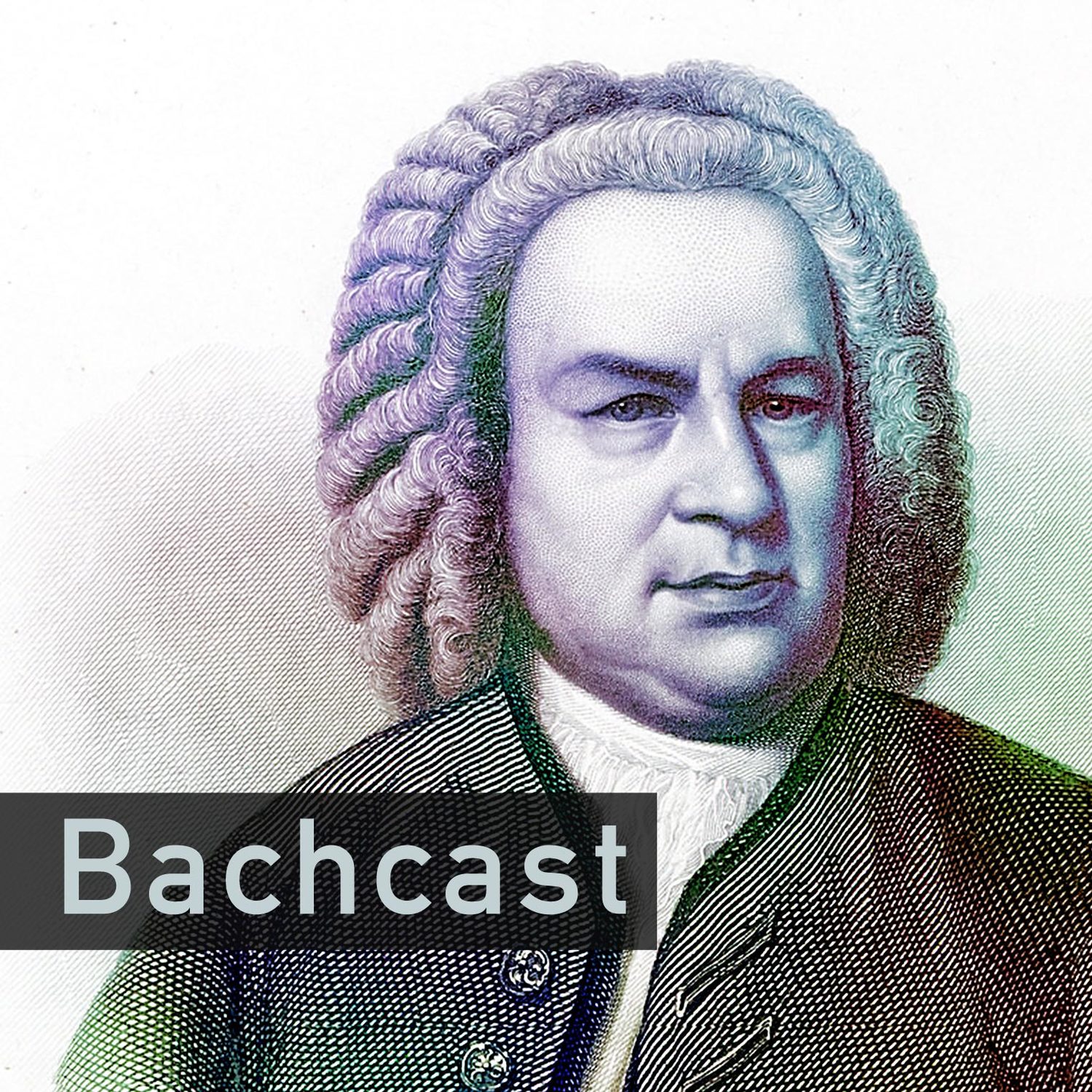Show Notes
Bach's third partita is most famous for its gavottes en rondeau and it's opening preludio. Not only is the preludio easily recognizable today due to its popularity, but it was no doubt was popular in Bach's own time, as he re-used the material in arrangements for strings for two cantatas. In addition, he made an arrangement for another instrument, most likely the lute.
Performers today, both in response to the competition for recordings and to the rise of the historically-informed performance practice, have a lot in this partita (read: suite of dances) from which to make personal decisions. The normal ones are there, such as tempo, or a legato vs. detached articulation. But how we feel the rhythm and where we place emphasis with articulation is another decision, typically articulated as a lens on big phrases versus note groupings (microphrases). Typically the slower-played renditions will focus on the smaller groups of notes, which we might traditionally call "articulation" decisions. In the recordings chosen for this episode, a third element also creeps in: the tradition of this piece, most notably the preludio, for being a "show piece" for the violin. The variety presented here will certain elicit some different responses. Both do well to highlight the richness of the music.
The technical ability of both Isabelle Faust and of Rachel Podger, I believe, make their recordings both strong and they tend to shy from any major controversy in their interpretive decisions.
Other renditions push or pull our assumptions in both fast/furious and slow/deliberate directions. Enjoy!
- Phorion for orchestra by Lukas Foss, conducted by Leonard Bernstein
- Enrico Onofri (violin)
- Elizabeth Wallfisch (violin)
- Rachel Podger (violin)
- Amandeine Beyer (violin)
- Axel Wolff (lute)
- Paul Galbraith (modified guitar)
- Gunar Letzbor (violin)
- Monica Huggett (violin)
- Skip Sempé and Olivier Fortin (harpsichords)
- Red Priest (ensemble, arranged for recorder, violin, and continuo)


 Emissions
Emissions











